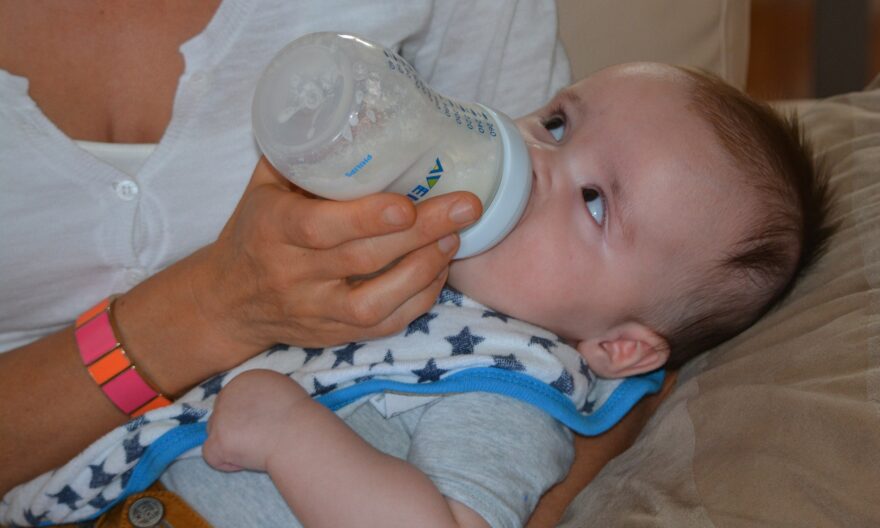
As supply chain issues continue to cause a shortage of baby formula, the FDA says it’s working to resolve the issue that’s leading to parents frantically searching for the product.
The agency says that “We are doing everything in our power to ensure there is an adequate product available where and when they need it”.
In recent months, problems with supply chains and rising inflation have meant the out-of-stock rates for baby formula hit 31% in April, compared with 2%-8% last year.
The rates have been slowly rising since last July when they hit double digits. Then, at the start of the year, baby formula shortages reached 23%.
In February, products manufactured at Abbott Nutrition’s Sturgis, Mich., facility were linked to possible Cronobacter sakazakii or Salmonella Newport infections in infants and were recalled.
Additionally, shortages of ingredients like cow’s milk, along with labor and packaging shortages, have meant a huge loss of production capacity.
April’s data shows that in 20 US states, out-of-stock rates were between 30% and 40%. Furthermore, in 7 states – Connecticut, Delaware, Montana, New Jersey, Rhode Island, Texas, and Washington – the rates were higher than 40%.
Anxious parents have been visiting stores, only to find the shelves empty – and many are now looking for an alternative, as the analysts claim the issue will only worsen in the coming months.
According to Datasembly founder and CEO Ben Reich: “Inflation, supply chain shortages, and product recalls have brought an unprecedented amount of volatility for baby formula.
We expect to continue to see the baby formula category being dramatically affected by these conditions. Baby formula stock, which has been one of the more affected categories so far in 2022, and one that will continue to demonstrate higher than average out-of-stock levels.”
Parents have been advised that they shouldn’t dilute baby formula to stretch it out or replace formula with cow’s or goat’s milk, as this will not provide enough nutritional value. However, those using combination feeding should consider increasing the frequency of breastfeeding.



